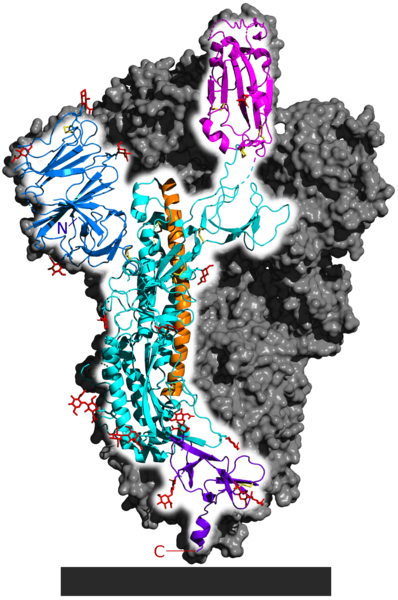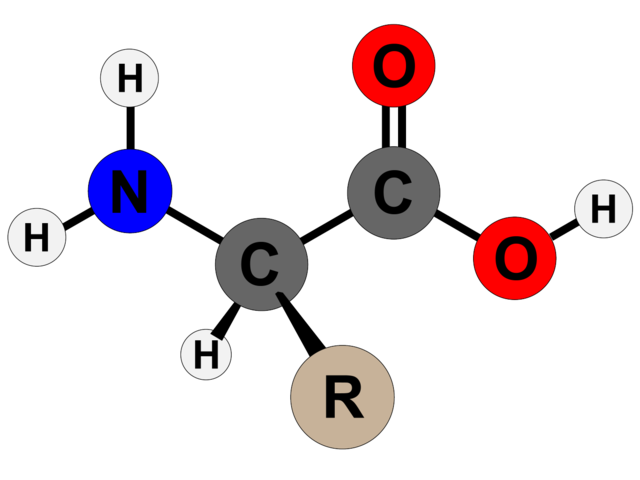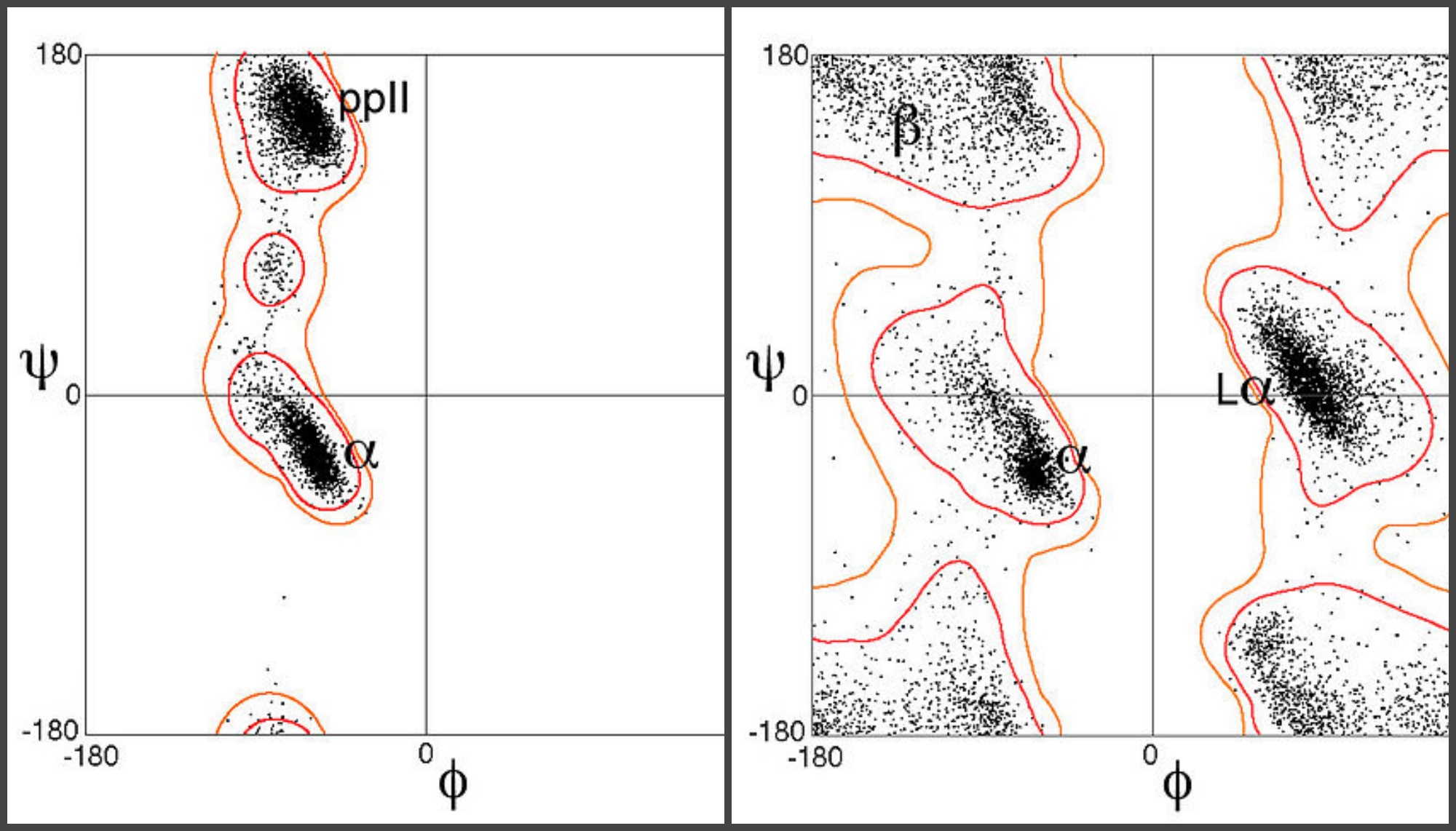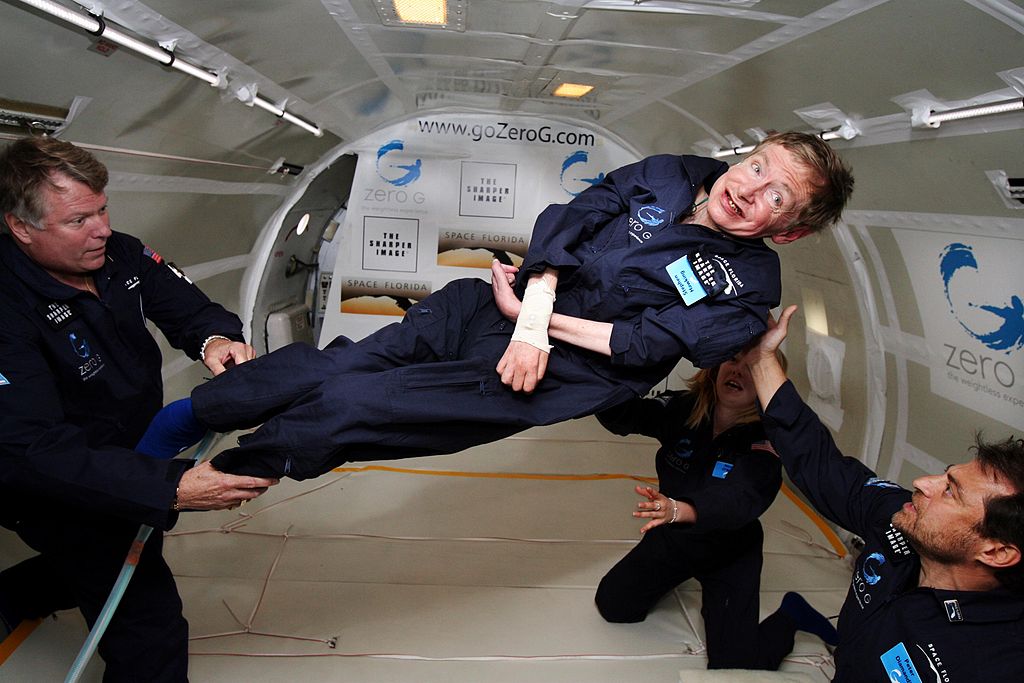For several decades, the supply of skilled blue-collar workers has been shrinking, while demand rises. According to the U.S. Department of Labor, as of July 2017, a record 6.8 million jobs that require skilled laborers were left unfilled. Many of them are manufacturing jobs. The National Association of Manufacturers reports that a skills gap has caused about a half-million manufacturing jobs to remain open, and consulting company Deloitte predicts that by the end of this decade, as many as 2.4 million manufacturing jobs may go unfilled, putting $454 billion in production at risk.
While these numbers were reported before the coronavirus hit and unemployment has jumped to record levels in virtually all industries, scientists and economists agree that our economy will recover. When it does, for a successful reboot, we’re going to need skilled blue-collar and manufacturing workers more than ever.
Skilled workers learn and improve upon their abilities over time, and use their hands for something more than just fingers on a keyboard. The description applies to independent contractors – carpenters, plumbers and electricians – but also to those on the factory floor – welders, machinists, machine operators, CAD draftspeople, and mechanical engineers.
There are numerous explanations for the shortage of workers in this segment of the economy. It starts with social pressures that encourage younger generations to avoid skilled trades in the first place. It’s the perpetuation of the ludicrous idea that the only path toward financial success includes a four-year college degree. That thinking ignores the fact that there are millions of young people who don’t have the inclination to spend their working life at a desk looking at a computer screen, or to emerge from schooling with staggering debt.
Somehow the notion that a four-year college is for everyone has entered the national zeitgeist, but it’s just not true. Having never graduated college myself and enjoying the American dream through a blue-collar life, and knowing many people in the same boat (some in yachts, actually), there is definitely another way – a way that doesn't include staggering debt. Even before the pandemic, $1.5 trillion was owed by more than 44 million borrowers, and nearly 40% thought it would take more than a decade to pay off their student debt. The pandemic has obviously exacerbated this situation further.
The momentum against working with one’s hands begins early in a child’s life. Just look around your neighborhood and you’ll see one explanation right before your eyes. Instead of children playing outside, they’re inside using only thumbs on a game console. Remember when every back yard had a treehouse, built by the neighborhood kids, or a fort with sticks and stones? They had to actually pick up a tool and learn to use it.
But we can’t blame the Nintendos and the Xboxes of the world for this crisis in the American workforce. A more immediate concern is that many skilled tradespeople are aging out of the labor force. Estimates indicate that for every skilled person entering the workforce, there are five who retire. Many skilled trade companies are family-owned, some passed on from an earlier generation. But most of today’s youth aren’t nearly as interested in a blue-collar life that would keep that company in business, or even lead them toward a skilled manufacturing job.
One way blue-collar industries are trying to mitigate shortages is by recruiting women, whether it’s reaching out to high schools, Sunday schools, or the Girl Scouts. More and more employers are offering flexible hours so moms can be with their children at school drop-off and pickup times, as well as twelve-hour Saturday and Sunday shifts that allow one parent to work while the other takes care of the children. Fortunately, technology has, in many cases, made brains more important than brawn. In Virginia, Barbara Gaskins is the lone woman in her 17-person rotation that operates a CRMG cantilever, a 70-foot-tall machine that reaches over four sets of railroad tracks to load and unload 500 boxes a day, some weighing 30 tons. Gaskins does it all in an office, controlling the action with two joysticks and 30 buttons.
The current pandemic will only increase the need for skilled workers. Ramping up production of personal protective equipment, but also more sophisticated devices like ventilators and COVID-19 virus and antibody tests, is importnat. And once a vaccine is ready, production of the literally billions of doses that will be needed is going to necessitate the labor of skilled people who know what they’re doing.
The most promising solution is for local employees to target young people by sponsoring apprenticeships and encouraging high schools to teach practical skills. Remember when every high school offered shop classes where students learned how to hammer a nail, weld a pipe, and fix a car? For many students, this was their first exposure to the kind of hands-on experience that ignited a blue-collar or manufacturing career. A 2019 report by the research arm of the Commercial Real Estate Development Association acknowledges that a declining public-school focus on vocational education has exacerbated a shortage of entry-level workers, and suggests that businesses must do a better job of investing in the training and recruiting of high school students and recent graduates. And according to a comprehensive report published by consulting firm Bain & Company, “If we want everyone’s kid to succeed, we need to bring vocational education back to the core of high school learning.”
Apprenticeships, on-the-job training, and vocational programs at community colleges are all ways young people can be taught blue-collar and manufacturing skills. These are also paths that lead to a successful life. According to the U.S. Census Bureau, only a third of adults 25 and older have a bachelor's degree or higher, and you can’t tell me that the other two-thirds are living in poverty. In fact, I can promise you they are not.
Savvy businesses are demonstrating to prospective employees that skilled entry level jobs in manufacturing, for example, can be the start of a long-term, lucrative career. These efforts can reinvigorate the American dream for a new generation of young people, while helping businesses access the talent and capabilities they need.
At a community or technical college, young people who have already found their passion, whether it’s fixing or building things or soldering two pieces of metal together, can refine their skills. That allows them to do what they love, rather than take courses that don’t interest them and will be forgotten minutes after the final exam. Amazon recently announced it will be spending $700 million to retrain about a third of its workforce in an effort to improve the technical expertise of its entry level coders and data technicians. PayPal founder Peter Thiel has established a fellowship which offers $100,000 apiece to 20 young people each year to skip college and pursue a business idea while being mentored by the Foundation’s network of founders, investors, and scientists. And Apple CEO Tim Cook recently spoke of a “mismatch” between the skills people are acquiring in college and the ones demanded by modern businesses. He noted that about half of Apple’s new hires in 2018 did not have a four-year degree. The current economic turmoil brought on by the pandemic will end, but the growing need for skilled workers will not.
Fortunately, this crisis in the American workforce is also an opportunity for millions of Americans. Does a young person really need a bachelor’s degree to become a web designer, carpenter, welder, or any of a dozen other lucrative professions? The internet makes researching alternatives easier than ever. You want to become a a CNC (Computer Numerically Controlled) operator? Many CNC operators are trained on the job or as an apprentice, but certificate programs are also offered through vocational schools, community colleges, and commercial trade schools.
There’s a general sentiment that blue-collar workers or manufacturing workers struggle from paycheck to paycheck and are unable to reach financial security for themselves and their families. I can tell you firsthand, this is absolutely untrue. A blue-collar or skilled manufacturing career provides the opportunity to work hard, make a good living, and if you want, maybe even the opportunity to be your own boss. Any blue-collar passion can turn into a business, and in today’s world, the costs of opening your own have never been lower. It’s going to take a long time (if ever) before the supply of carpenters or plumbers or stonemasons is greater than the demand. Law degrees and business majors may be a dime a dozen, but those who know how to operate a saw or a jackhammer, use an excavator, or repair a liquid filling machine are not. According to last year’s Harris poll of blue-collar workers, the vast majority—86%—are happy with their jobs, and 85% believe their lives are headed in the right direction.
For centuries, great men and women have built America from the ground up, mostly with their bare hands. From those early settlers to today’s modern worker, one thing remains consistent -- the ability to put down any tool we used, wipe the sweat from our brow, and to revel in what we were called on to create. The demand for skilled laborers is not a passing trend. For every toddler with a smartphone, there is going to be a need for people who know how to do things, build things, to design the most efficient procedures. Smartphones can do a lot, but they can’t oversee manufacturing, motivate a crew, or perform assembly or critical repairs. It’s time to celebrate the blue-collar worker!
Ken Rusk is a blue-collar entrepreneur who runs Rusk Industries in Northwest Ohio. He is the author of the book
Blue Collar Cash: Love Your Work, Secure Your Future, and Find Happiness for Life (Dey Street Books, July 28, 2020). See him at KenRusk.com KenRuskofficial on FB and Instagram.
















